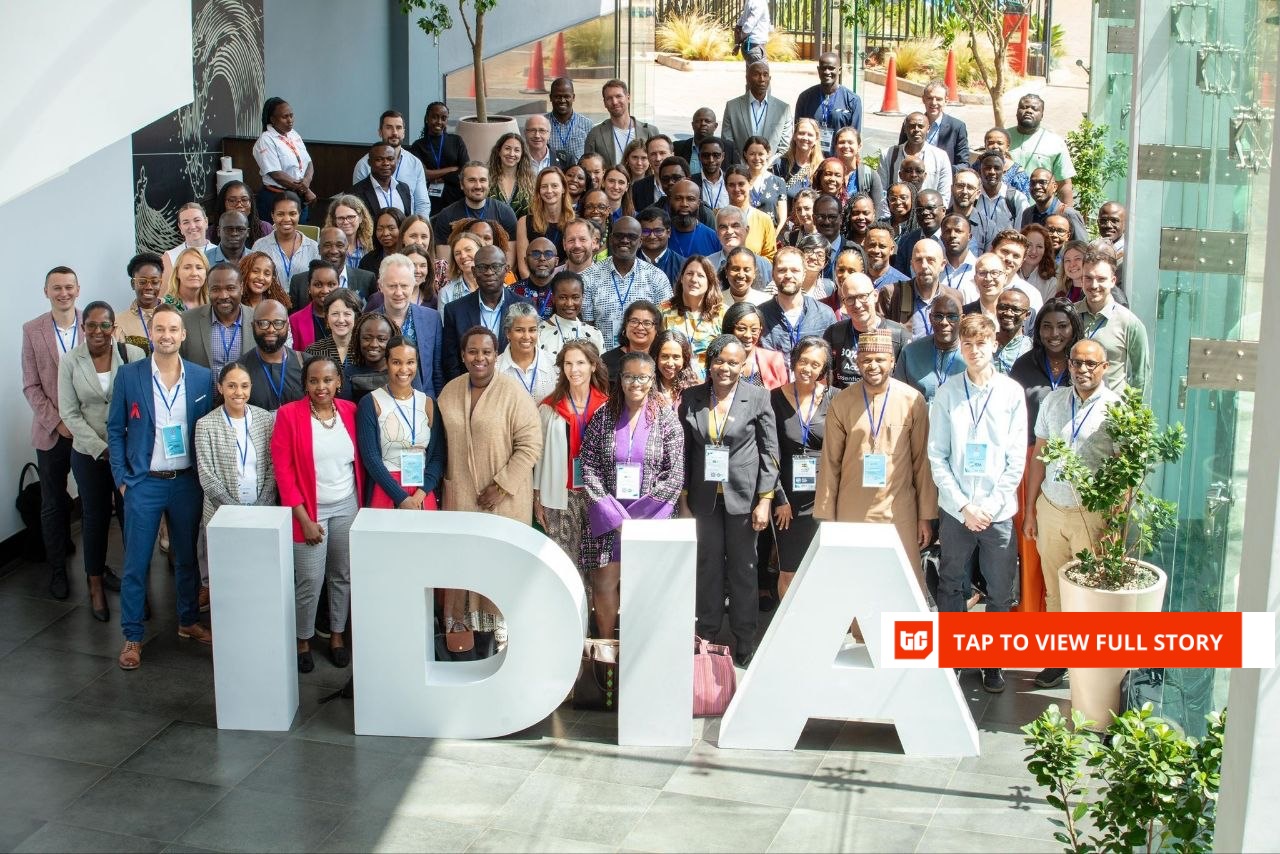But this is not the only thing that makes her popular. For many aspiring producers and musicians, Hatsune Miku is a gateway into the music industry. By being an avatar, she gives creators a platform to experiment without being judged based on their own appearance, gender or personality. Her platform feels like a safe and inclusive place for young people. Something they consider an important value.
Unlike traditional celebrities, fans also feel a sense of shared ownership over Miku. After all, it is formed by their contributions. This shared ownership leads to an extremely loyal and committed fan base.
The open source model encourages fans to collaborate with each other and creates a new form of engagement in which fans feel jointly responsible for the success of their pop star.
And that also works in the offline world. Miku’s concerts are incredibly popular. For fans, it is an experience you want to be a part of and a moment to celebrate their collective work. There is also an interesting lesson for brands. Because marketers still often see user-generated content as a means to tell their own story. Miku proves what can happen when you put your brand’s platform at the service of (co)creation.
Hatsune Miku gives us a glimpse into the future in which technology, creativity and fandom will increasingly come together. An interaction that enables new forms of social connection and creative expressions, in which the boundaries between physical and digital and those between creatives, makers and consumers will further blur.
Anne Stokvis is creative director and partner of advertising agency N=5.





